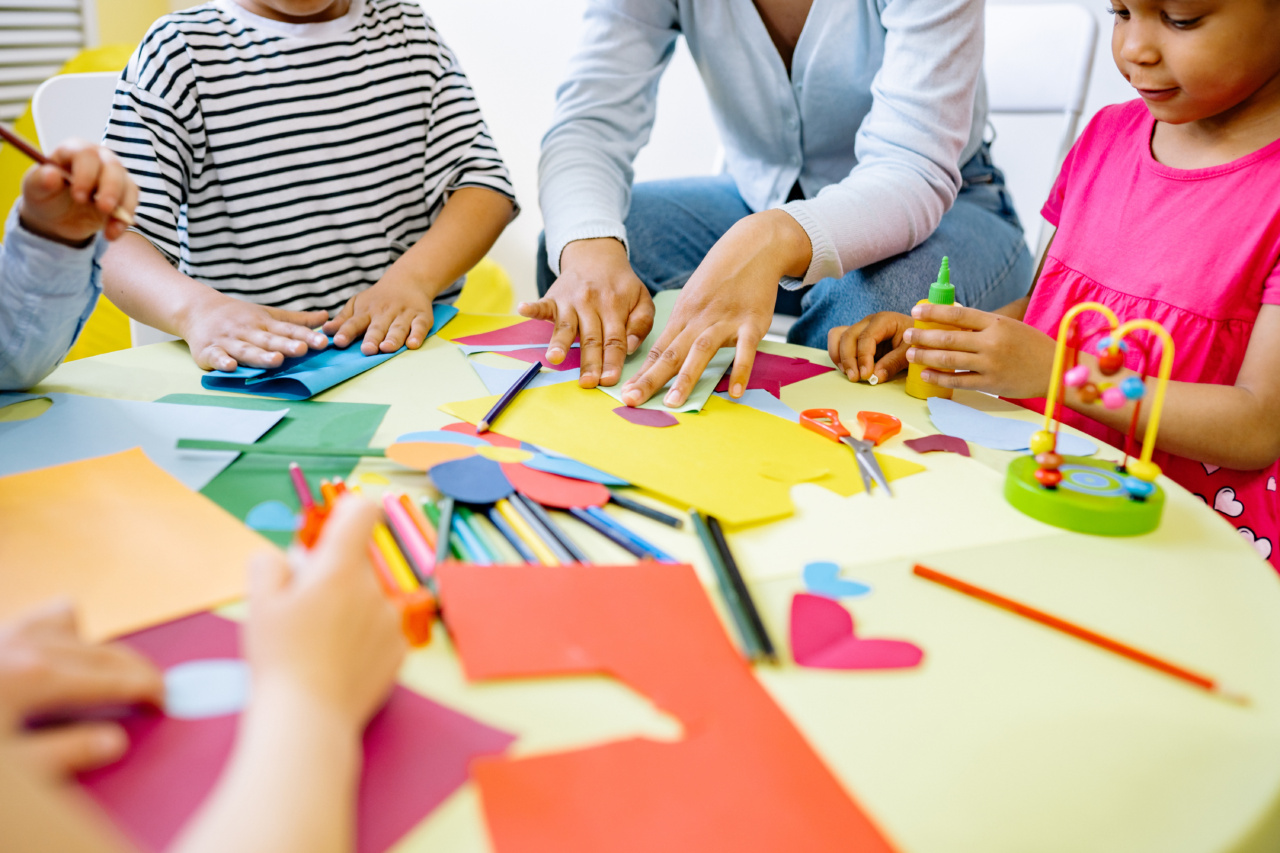Art has long been recognized as a valuable tool for enhancing learning experiences for all students, including those who face challenges in traditional academic settings.
By engaging with various art forms, challenging students can develop and cultivate critical skills and abilities that can significantly contribute to their overall educational and personal growth. This article explores the ways in which art can enhance learning for challenging students, providing them with opportunities to express themselves, build self-confidence, develop social skills, foster creativity, and promote cognitive development.
1. Self-Expression and Communication
Art provides a unique platform for challenging students to express themselves in ways that may not be possible through traditional academic subjects.
Challenging students often struggle to communicate their thoughts and emotions effectively, but through art, they can find a means of self-expression that transcends conventional verbal or written language. Whether it be painting, drawing, sculpture, or any other art form, the act of creating art allows these students to communicate their experiences, thoughts, and feelings with others in a non-threatening and non-judgmental manner.
2. Building Self-Confidence
Engaging in art can significantly boost the self-confidence of challenging students. By exploring their unique creative talents, these students gain a sense of achievement and accomplishment that contributes to their self-esteem.
Art allows them to discover their abilities, build on their strengths, and break through the limitations they may have previously believed in. Additionally, the recognition and appreciation from peers and educators for their artistic endeavors can further enhance their self-confidence, making them more resilient and better equipped to face challenges in other areas of their lives.
3. Developing Social Skills
Art provides challenging students with opportunities to collaborate and engage with their peers in a cooperative, inclusive, and supportive environment.
Through group art projects or critiques, students learn how to give and receive constructive feedback, communicate effectively with others, and develop valuable social skills such as active listening, empathy, and respect for differing opinions. These social interactions in art classrooms can be particularly beneficial for challenging students who struggle with social interactions in traditional academic settings, helping them feel more connected and engaged with their peers.
4. Fostering Creativity
Art encourages challenging students to think outside the box, explore various perspectives, and consider unconventional ideas or solutions.
By engaging in art activities, students are encouraged to embrace their imagination and take risks, promoting divergent thinking and problem-solving abilities. Art allows these students to approach challenges from a different angle, enabling them to develop innovative and unique solutions.
The freedom of expression fostered by art encourages challenging students to step out of their comfort zones, encouraging personal growth and the development of new skills.
5. Promoting Cognitive Development
Engaging in art can have a positive impact on the cognitive development of challenging students. Many art activities require students to plan, make decisions, analyze information, and solve problems.
These processes enhance critical thinking and reasoning skills, ultimately benefiting students in other academic domains. Art also stimulates brain activity, leading to improved memory retention, concentration, and attention span.
The multi-sensory nature of art experiences further contributes to cognitive development by engaging students’ visual, auditory, and tactile senses simultaneously.
6. Emotional Outlet and Stress Relief
Challenging students often face internal emotional struggles that may hinder their ability to fully engage in their education. Art can serve as a therapeutic outlet that allows them to release and manage their emotions in a safe and productive manner.
By channeling their emotions into art, students find a healthy means of expressing and understanding their feelings, reducing stress and anxiety levels. Art activities enable them to explore and process complex emotions, promoting emotional well-being and contributing to an overall positive mental state.
7. Connection to Academic Subjects
Art can facilitate connections to other academic subjects and enhance the learning experience for challenging students.
By incorporating art into lessons, educators can help these students make links between art and core subjects like math, science, history, or literature. For example, creating visual representations of historical events or scientific concepts can deepen their understanding and make these subjects more accessible.
These cross-curricular connections provide challenging students with a contextual framework that supports their learning and enables them to engage more deeply with academic content.
8. Increasing Focus and Motivation
Engaging in art activities can increase the focus and motivation of challenging students. The hands-on and visual nature of art captures students’ attention and provides them with a sense of purpose and ownership over their learning.
When students are actively involved in the creation process, they become more motivated to invest time and effort into their work. The satisfaction derived from completing a piece of art can reinforce their intrinsic motivation, enhancing their overall engagement in their education.
9. Developing Fine Motor Skills
For many challenging students, fine motor skills may be an area of difficulty.
Art activities that involve using various tools, such as brushes, pencils, scissors, or clay, provide opportunities for these students to practice and develop their fine motor skills. The repetitive motions and coordination required in artistic endeavors contribute to refining students’ motor skills and dexterity.
As their fine motor skills improve through art, challenging students may experience a positive impact on their handwriting, coordination in physical activities, and overall manual dexterity.
10. Encouraging Cultural Appreciation and Diversity
Art offers a window into different cultures, traditions, and perspectives, fostering an appreciation for diversity among challenging students.
By studying and creating art from various cultures, students gain insight into different ways of life, beliefs, and values. Exposure to a range of artistic styles and traditions broadens their horizons and encourages the development of cultural competence.
This appreciation for diversity and inclusivity can contribute to the creation of a more tolerant and accepting educational environment.






























